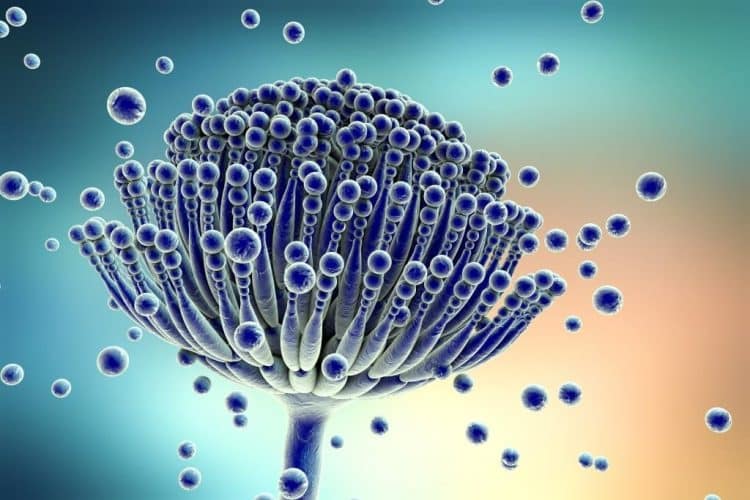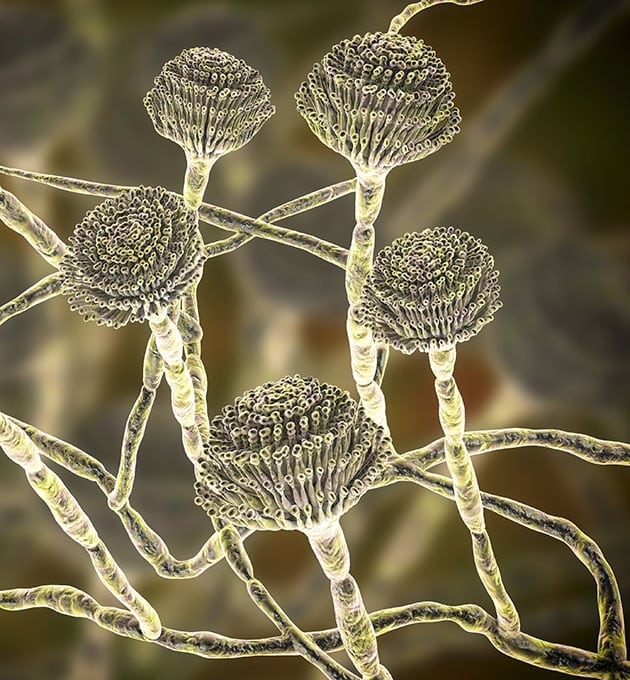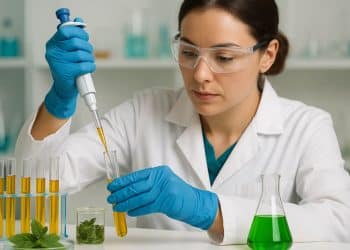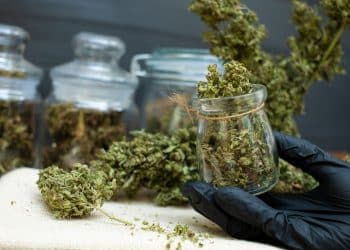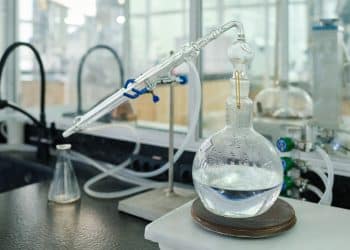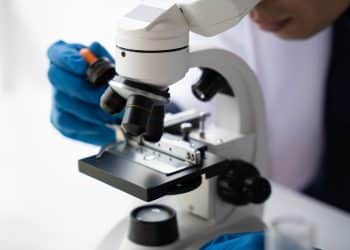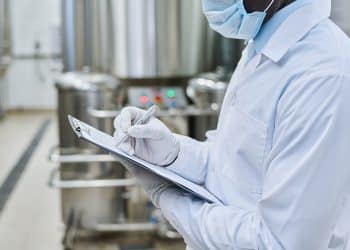Most people know that they should avoid mold like a plague, but what a lot of us aren’t aware about, however, is how sneaky mold can be, and more specifically that it can sneak into cannabis, giving birth to different breed of contaminants — mycotoxins.
What are Mycotoxins?
Cannabis is often cultivated in humid, warm environments, which creates a perfect breeding ground for microorganisms.
Mycotoxins are metabolic byproducts of mold (e.g., Aspergillus spp.) that have been left to grow and proliferate unchecked; they are reminiscent of an ungodly mutation that goes on to becoming a terrifying villain in a superhero film, and they are capable of inflicting some serious damage to us.
Until recently, mycotoxins were a concern mainly to the food industry, and even though they were always a problem to cannabis cultivation, it’s only now that cannabis is becoming a legal commodity that they are being addressed.
And while curing and extracting cannabis or hemp biomass can kill microorganisms, mycotoxins, on the other hand, can co-extract, becoming more concentrated in the crude oil.
Health Risks from Mycotoxins
Mycotoxins can alter our DNA (deoxyribonucleic acid), making them mutagens. Cannabis product manufacturers and consumers should be aware of several mycotoxins including aflatoxins B1, B2, G1, G2, and the ochratoxin A. [1] Cannabis biomass and downstream products sent to analytical laboratories are required to be evaluated for these toxins; however, to date, there are no federal regulations governing hemp testing.
The four aflatoxins listed above are considered the most hazardous to people out of at least 14 aflatoxins of which scientists are aware. They are infamous threats to the liver. Aflatoxins B1 and B2 can convert to the carcinogenic M1 and M2 from metabolic processes within our bodies. [1]
The World Health Organization considers aflatoxins over 1 mg/kg in consumable products to put people in danger of acute liver failure and aflatoxicosis. However, the limits for food products are much lower, often in the range of 10–15 μg/kg.
Ochratoxin A can damage our kidneys and poses risks of associated cancers, in addition to weakening our immune system. [1] Inhalation of mycotoxins provides a more direct path to circulation [2], again highlighting the need for cannabis and hemp flowers to be evaluated not just for microorganisms, but also the toxins that they create.
Mycotoxins’ Allowed Threshold
While no one questions whether to measure mycotoxins in cannabis, the toxins comprising the limits varies according to state regulations. For example, in Illinois and Massachusetts, the threshold is 20 μg/kg (μg/kg is also parts per billion) for each of the 5 mycotoxins individually, meaning that a product can have 100 ppb in sum (20 ppb of each).
In Washington, Nevada, Colorado, and California, the concentration is the same, but totaled between each of the four aflatoxins; ochratoxin A is separately limited to 20 μg/kg.
In some states, all five mycotoxins are grouped together. In Pennsylvania and New Mexico, the limit is 20 μg/kg between all 5 mycotoxins, which is basically 5 times less than Illinois’ allowed mycotoxin presence.
Maine recently put emergency regulations into effect, but the guidance is not clear. The regulation states that the results from the mycotoxin testing must be < 20 ppb to pass but doesn’t identify whether it’s referring to individual or summed concentrations.
Testing for Mycotoxins
There are several ways to test for mycotoxins. Quantitative strip testing provides a quick screen (< 5 minutes) or first pass to sift out the products containing some amount of potentially hazardous mycotoxins. It’s very simple and involves a color change (colorimetric) as indication of a surpassed threshold. The strips can detect as little as 2 ppb of mycotoxin content.
Enzyme-linked immunosorbent assay (ELISA) provides a higher-throughput option to the strip tests, as it’s been reported to be able to handle 44 samples at a time, versus measuring 2 at a time using the strips. Analytical laboratories often use liquid chromatography-tandem mass spectrometry (LC-MS/MS) for enhanced sensitivity.
Regardless of the testing method used, mycotoxin testing represents one of the most important safety checks for any product made from C. sativa, especially considering that notions of the sanitizing effects of various extraction methods. Just because the extraction can destroy microbial colonies, their mycotoxin wastes could be unknowingly present and carried along with desirable phytochemicals.
Mycotoxins might be one of the scariest dangers to an innocent cannabis experience, especially when they can build-up in products and, subsequently, our bodies.
References
- Peraica M, Radic B, Lucic A, and Pavlovic M. “Toxic Effects of Mycotoxins in Humans.” Bulletin of the World Health Organization, vol.77, no.9, 1999. [Journal Impact Factor = 6.818, Times Cited = 514]
- Ammann, H. “Inhalation Exposure and Toxic Effects of Mycotoxins.” Biology of Microfungi, edited by De-Wei Li, Springer, 2016, pp. 495-523. [Times Cited = 2]
Image Credits: ©Kateryna_Kon, Fotolia.com
